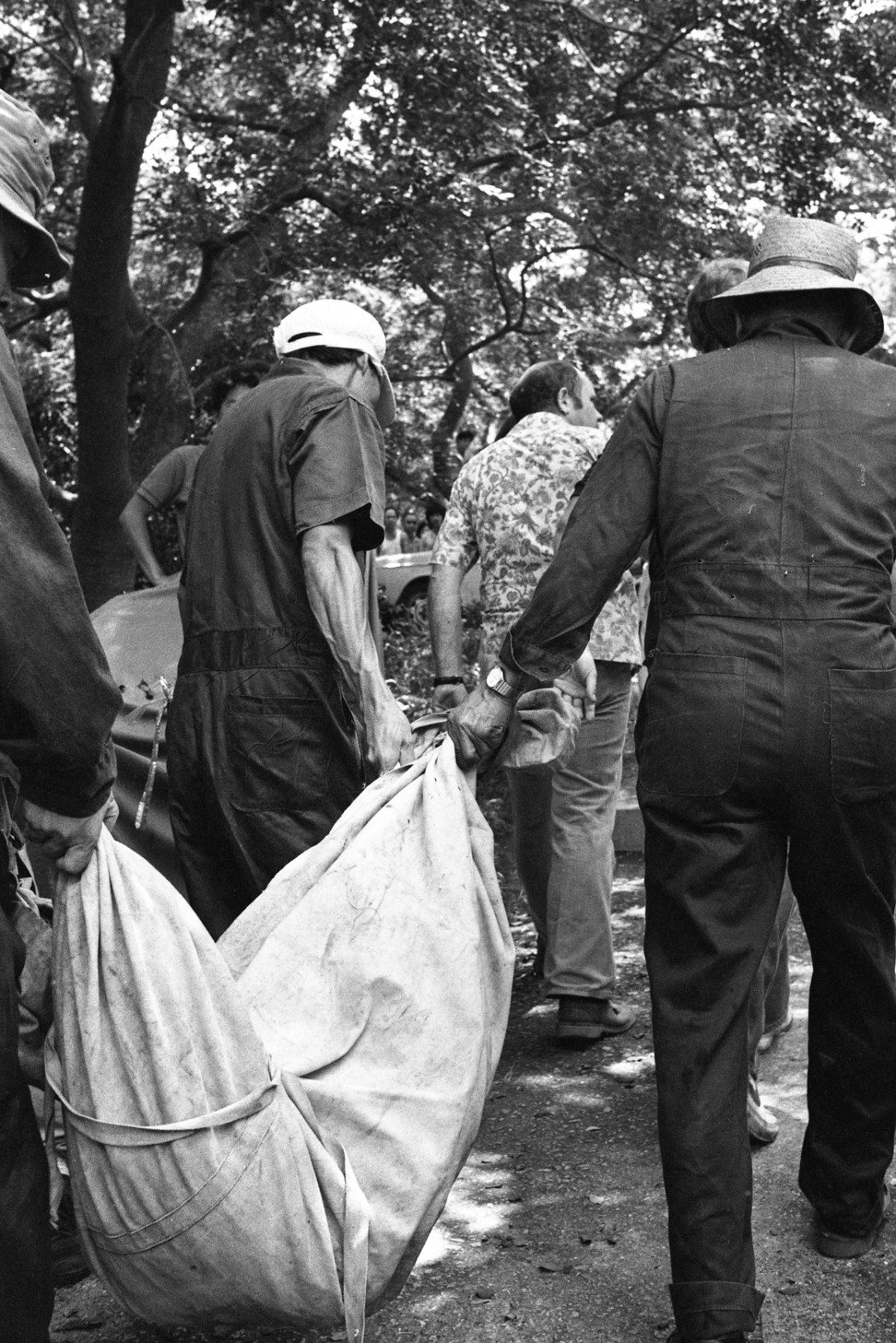
Four gruesome killings from Hong Kong’s past that are the stuff of nightmares
City may have a low crime rate but it has seen its share of terror and dark tales
Hong Kong is known to be one of the safest places in the world, with a crime rate that in 2017 dropped to its lowest since 1975. But at 56,017 cases, low crime does not mean no crime.
And while most offences recorded in the city are non-violent in nature, there have been a few over the past decades that were so grisly they defied imagination and made international headlines.
In recent months, Hong Kong has been gripped by two high-profile murder cases as details emerge in court.
But other dark plots in the city from decades past come to mind. Most notably, the 1980s and 1990s saw Hong Kong’s most twisted cases enter the public eye, some of which even became films or spawned urban legends.
It may be an unpleasant walk down memory lane, but it serves as a reminder never to take the city’s low crime rate and one’s own safety for granted. It also offers a sobering glimpse of the human soul at its barbaric worst.
1984: Pork bun murders
In 1984, eatery owner Zheng Lin, as well as nine of his family members, were killed by Huang Zhiheng in the Eight Immortals Restaurant in Macau following a financial dispute. Lin was a hawker-turned-businessman and an avid gambler who had racked up huge debts.
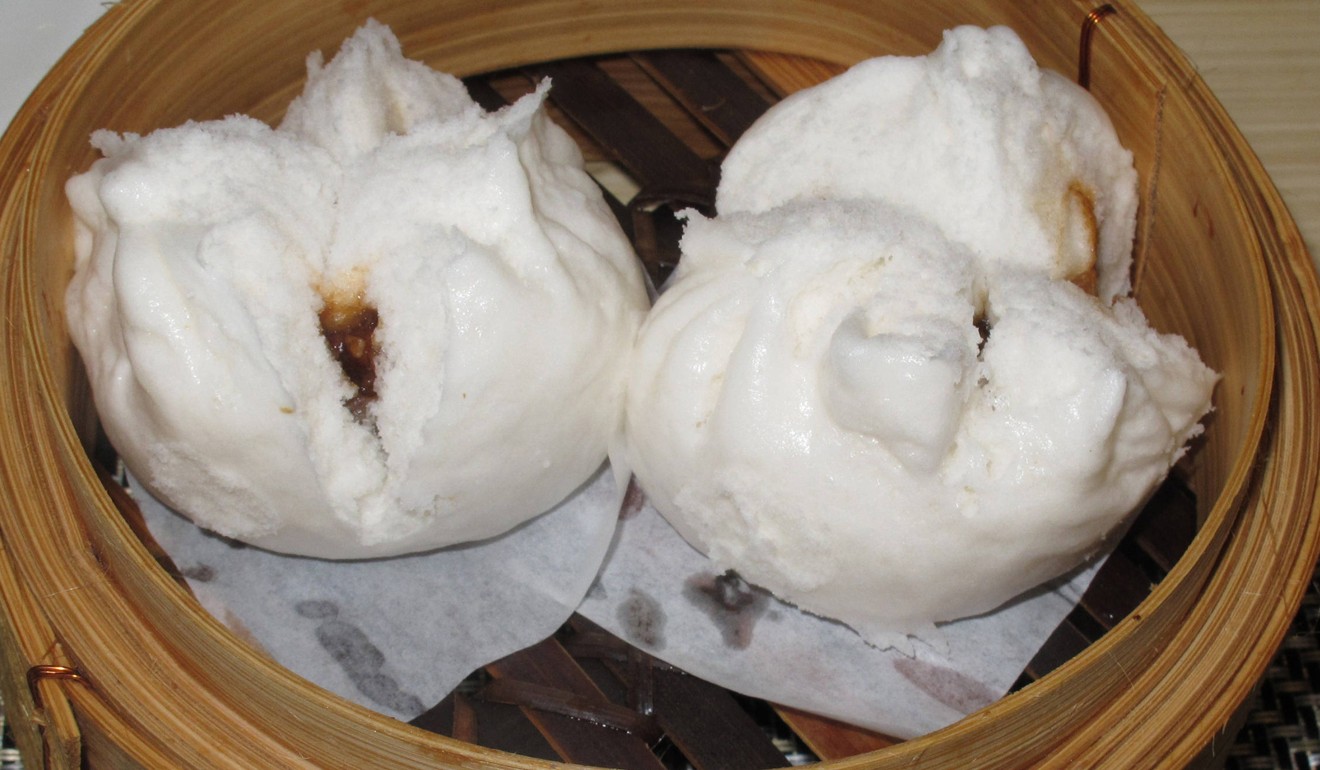
Huang, who was from the mainland but emigrated to Hong Kong and later Macau, took Lin’s son hostage in the restaurant, holding a jagged glass edge to his neck and forcing other family members to bind and gag each other.
A woman then broke free and screamed for help, causing Huang to stab her to death, after which he massacred the other nine.
Body-in-cement murder trio talked about eating victim, court hears
In an attempt to dispose of the corpses, Huang dismembered the bodies over the next eight hours. He was said to have thrown parts into the sea, with other bits packed into black plastic bags that he threw in dumpsters.
Police later recovered 11 limbs of the victims, but never found any other body parts. Shortly after the killings Huang had operated the restaurant himself until he was implicated in the case. The large number of missing body parts prompted grisly speculation that he had cooked his victims’ remains and served their meat inside the pork buns – a signature dish – sold at the place.

So rampant was the rumour that it inspired the 1993 Hong Kong crime thriller The Untold Story, directed by Herman Yau and starring Anthony Wong Chau-sang. In Chinese the film name translates directly into “The Human Pork Bun” or “Human Meat Roast Pork Buns”.
Cinema-goers at the time lost their appetite for pork buns for weeks after the screening.
1982: Rainy Night Butcher, or Jars Murderer
In the 1980s, the name “Lam Kor-wan” would send shivers down the spine of many, especially women. A taxi driver who targeted female victims, Lam was one of the most infamous serial killers in the city’s history.
He would pick up female passengers and drive them to a quiet place where he strangled them with wires, then take the corpses home and dismember the bodies.
Lam stored his macabre trophies in plastic containers. Local media dubbed him the “rainy night butcher” as his attacks took place during such periods. He was often imagined as a horror character in a long, black raincoat with rubber boots, poised for his next kill.
Lam was arrested in 1982 when he tried to develop photographs of his victims at a Kodak shop in Mong Kok. The manager alerted officers to the gruesome content of the images, leading to a police ambush when Lam came to collect the pictures.
Photographs revealed up to 15 victims, but he was in the end only charged with the murder of four whom police were able to identify. The court later heard he also “ate part of the intestine” of one of the corpses, and according to pictures and videos submitted as evidence, engaged in necrophilia – sex with a corpse – in some instances.
At the height of the terror Lam inflicted upon the city, women were afraid to take taxis alone.
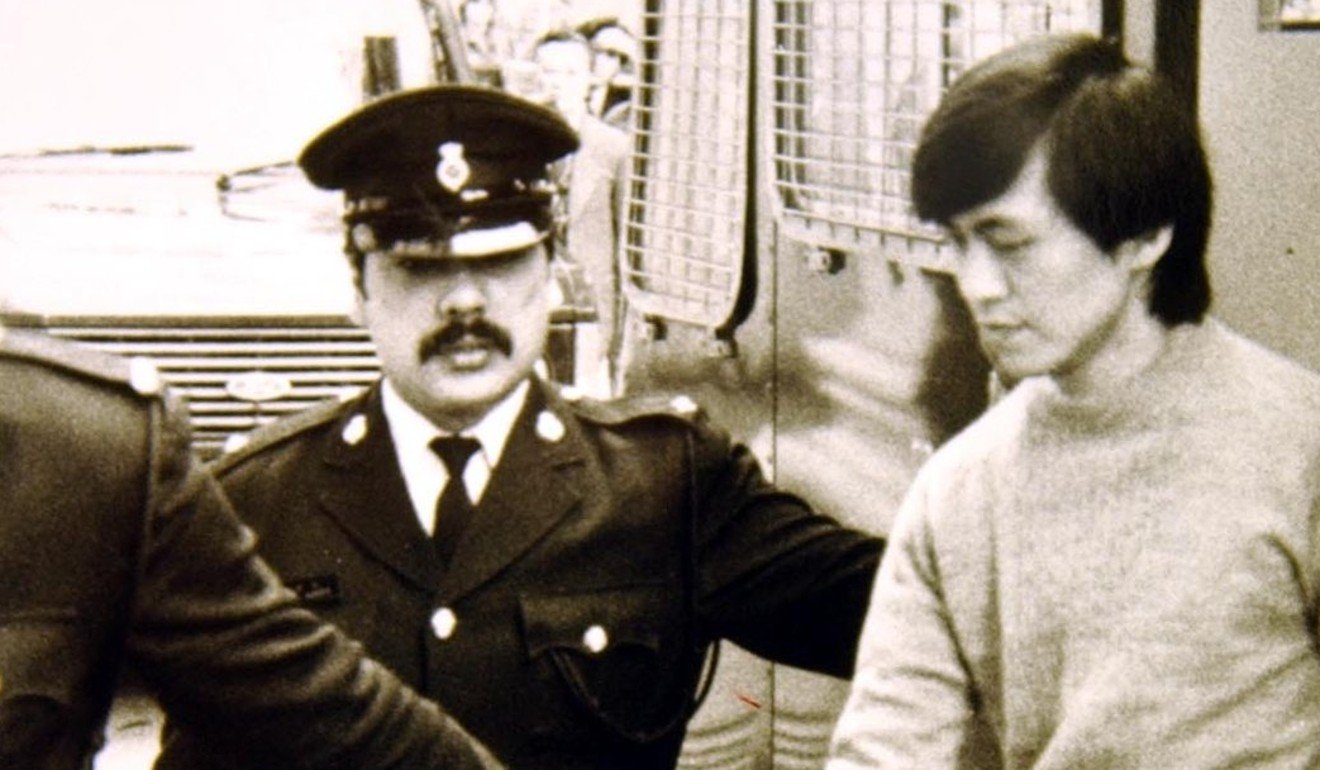
1985: Braemar Hill murders
At one point, more than 800 policemen and several personnel from the British Forces Overseas Hong Kong were mobilised to search the site and investigate the murder of high-school sweethearts Kenneth McBride, 17, and Nicola Myers, 18.
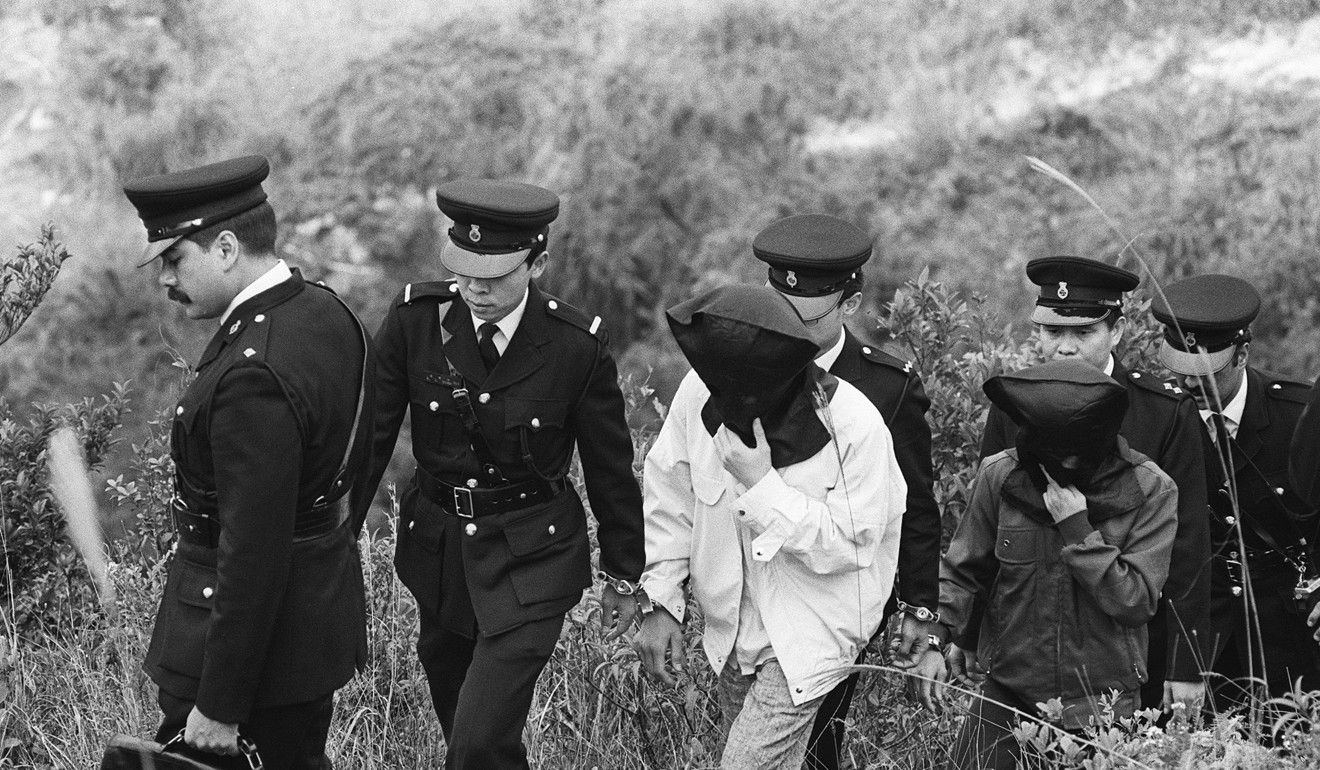
The two were students at Island School, Hong Kong. They were taking a walk in the Braemar Hill countryside, part of Tai Tam Country Park, near McBride’s home.
A group of five local gangsters spotted them and because the love birds were westerners, assumed they were wealthy. The men approached the pair to rob them, only to find the couple had a dollar on them, and were willing to put up a fight.
‘I didn’t mean to kill her,’ man told police after strangling girlfriend
McBride was overpowered and violently beaten, with his hands and feet bound. Myers was raped. The group then killed the couple and left their corpses at the site.
A morning jogger found the bodies the next day. McBride was found strangled and had more than 100 injuries all over his body. Myers was half naked with a broken face.
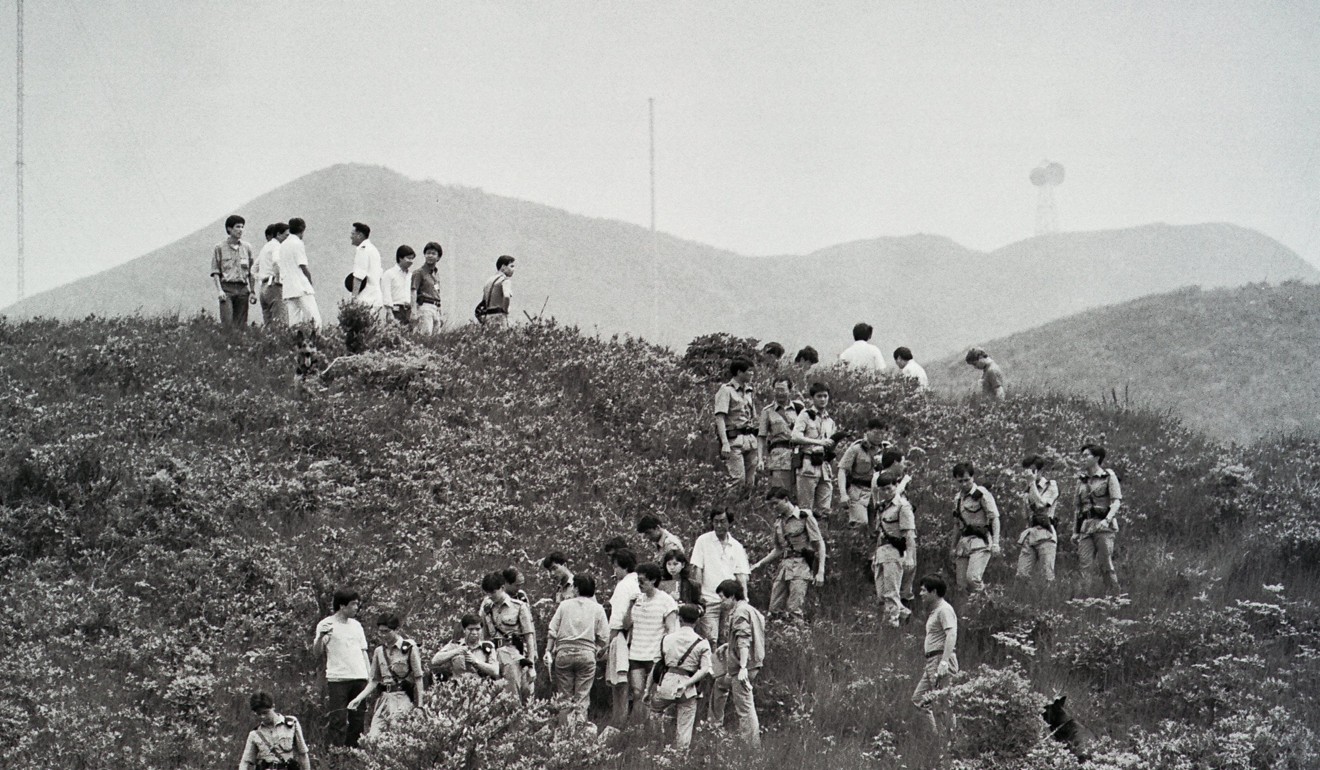
The brutality of the murder rocked the city. Police interviewed more than 10,000 people living in the area. An unidentified man also offered HK$500,000 as a reward for information on the killers.
In the end, an anonymous triad member tipped off authorities, leading to the arrest of Pang Shun-yee, 24, and four other assailants aged between 16 and 25.
1999: Hello Kitty skull
In 1999, a 23-year-old nightclub hostess was held captive by three men in a flat in Tsim Sha Tsui. She was reportedly working for the trio, who were alleged to be pimps and drug dealers. Police suspected she owed them money for drugs.
For almost a month, she was kept in the flat, which was decorated with a wide assortment of Hello Kitty toys. The attackers, thought to be under the influence of drugs, were suspected of torturing her for days leading up to her death.

They then cut up the corpse and boiled the meat to conceal the smell of decomposition, and threw other body parts into the trash. But they kept her skull and sewed it into the head of a giant Hello Kitty stuffed doll.
The case only came to light when a 13-year-old girl made a police report complaining of nightmares and being “haunted” by a ghost. It turned out she was the girlfriend of one of the three killers and had occasionally joined them in beating up the victim in the flat.
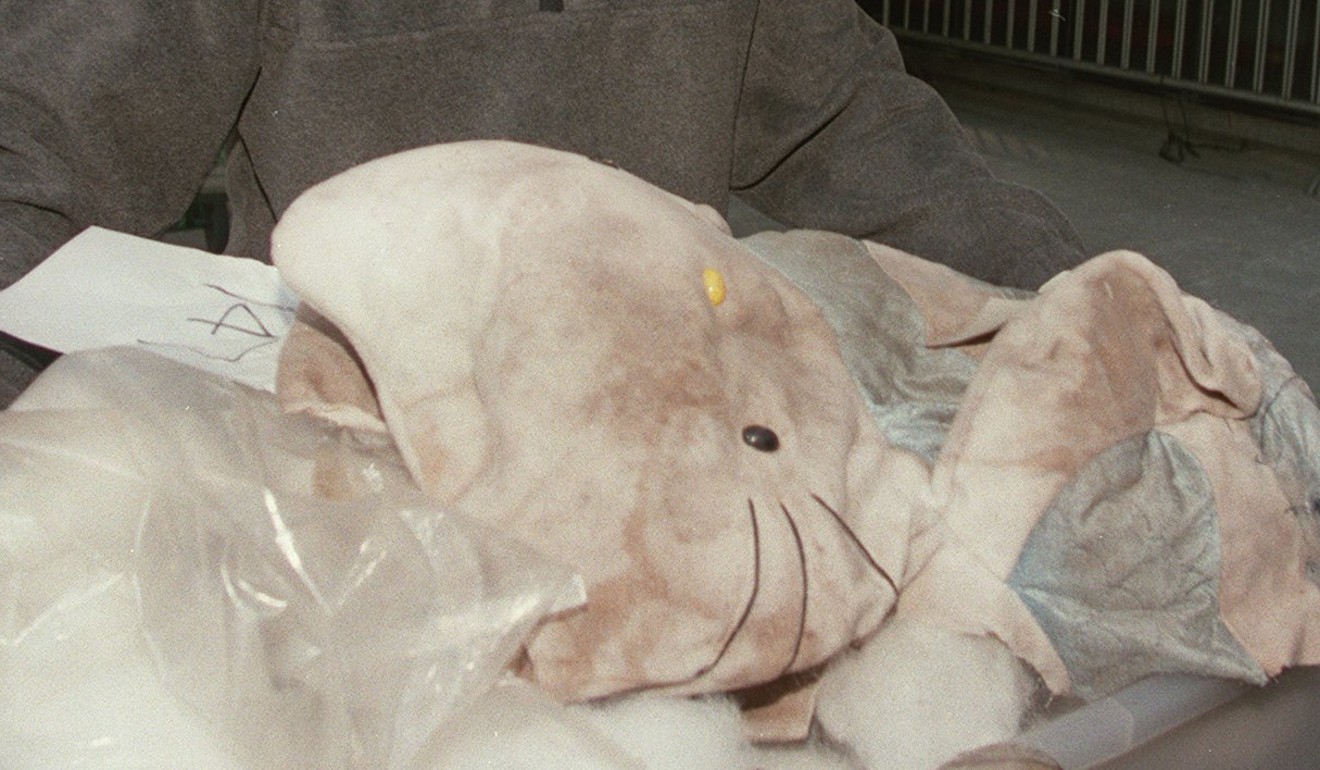
In exchange for immunity, she testified against the men, leading to their being convicted of manslaughter. Since only the victim’s skull, a tooth and some internal organs were recovered, the court heard there was insufficient evidence to conclude if the woman was murdered or had died from other causes, such as a drug overdose.
Judge Peter Nguyen, who sentenced the assailants to life imprisonment, told the men: “Never in Hong Kong in recent years has a court heard of such cruelty, depravity, callousness, brutality, violence and viciousness.
“The public is entitled to protection from people such as you.”


